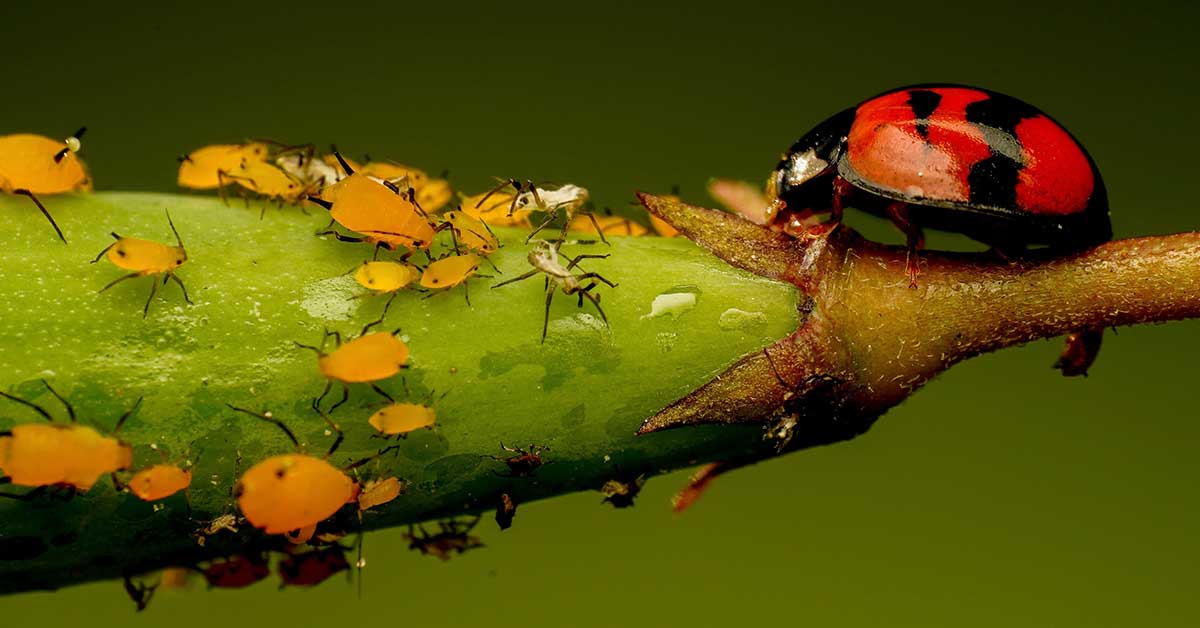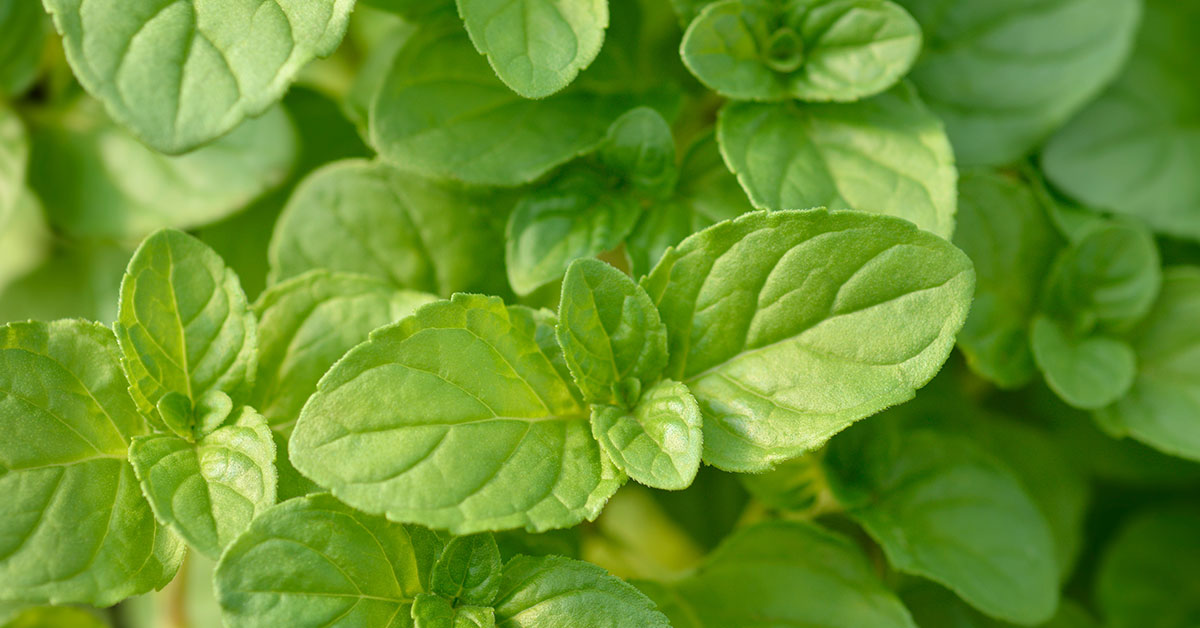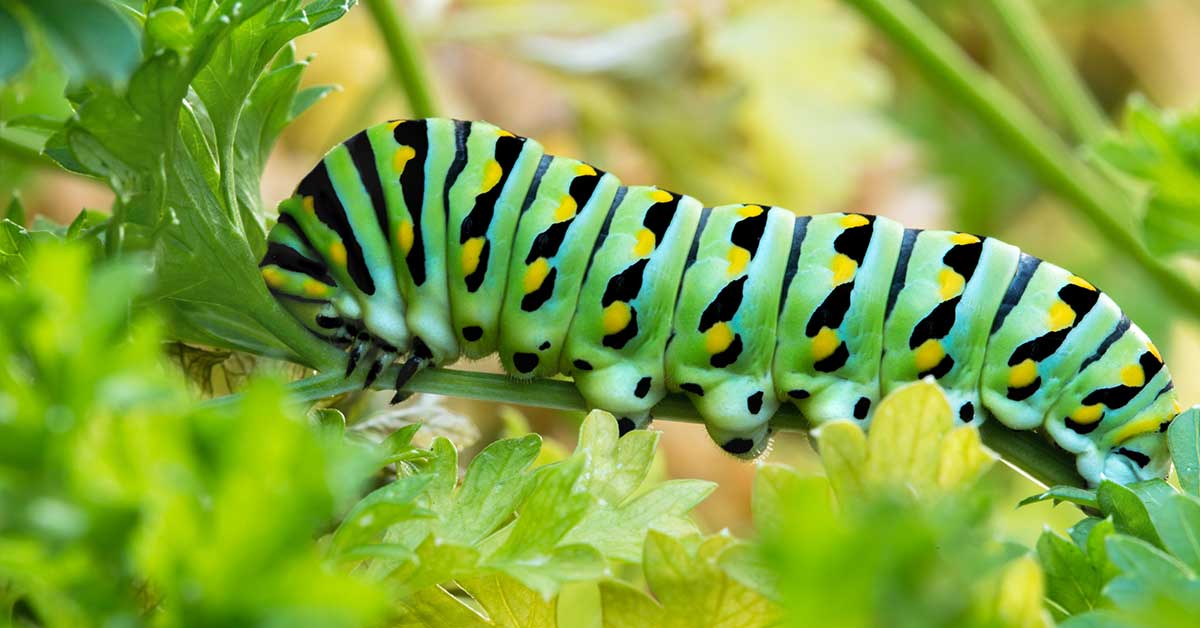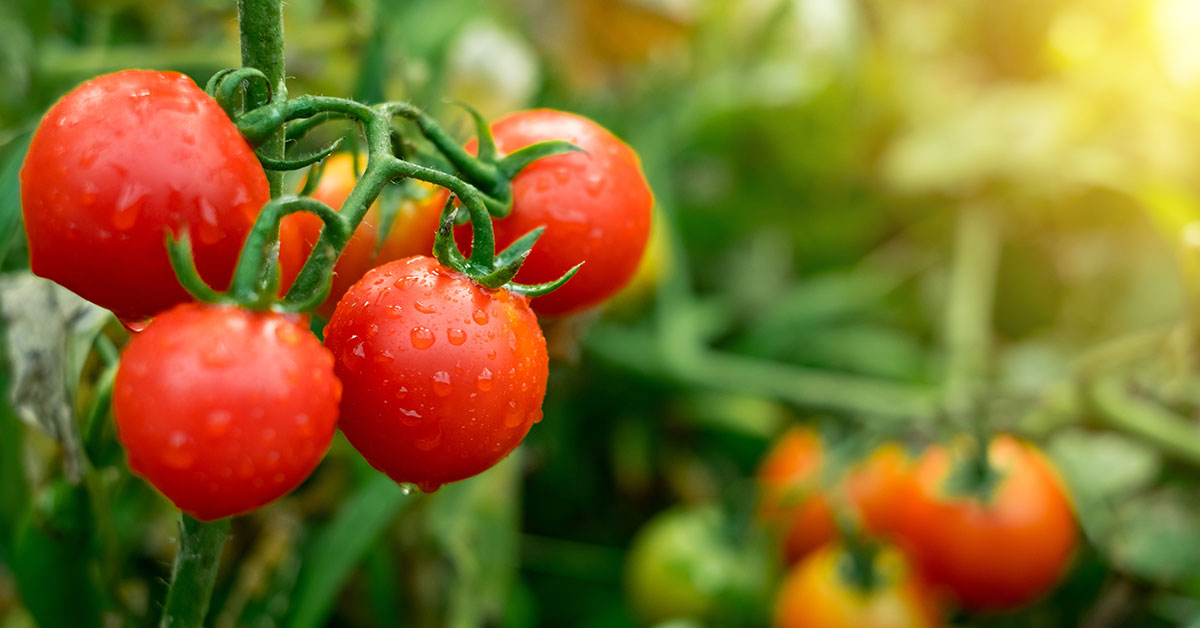Thyme is one of my favorite herbs to grow. Red creeping thyme is probably one of my all-time favorites. Did you know you can grow it into a full-sized lawn? Wild. In general, it’s a great ground cover and fresh thyme really enhances the flavor of my homemade pizza sauce. I have a pretty good track record with this plant, but I have accidentally almost killed a few and have a little bit of experience with how to revive a thyme plant. In this article, we’ll do a deep dive into the most common reasons a thyme plant doesn’t thrive and how you can resolve it.
Thyme is an aromatic herb in the mint family, with small, gray-green leaves and small, white or pink flowers. It is native to the Mediterranean region and has been used for centuries for culinary and medicinal purposes. With its sweet, earthy flavor, thyme is a popular seasoning for meats, vegetables, and soups. People grow thyme for its flavor and fragrance, as well as its medicinal properties. Thyme is rich in antioxidants, which may help protect your body from damage caused by free radicals. It is also a natural antiseptic and can be used to fight off infections.
Common reasons for a thyme plant to die
What causes a thyme plant to die? There are a number of reasons, and saving your thyme plant will involve figuring out what exactly is causing the trouble to begin with. Possible causes can include underwatering, overwatering, too much or too little sunlight, pests, or diseases.
Once you have identified the cause, take steps to address it. For example, if the plant is overwatered, you should water it less frequently or use a soil mixture with better drainage. If it is underwatered, you should water it more often. Additionally, if the plant has been exposed to too much sunlight, you should move it to a shadier area, and if it has been exposed to too little sunlight, you should move it to a sunnier spot.
If the plant is suffering from pests, you should treat it with insecticidal soap or neem oil. If it is suffering from a disease, you should treat it with a fungicide or bactericide and liberally remove infected parts of the plant. Finally, you should prune any damaged or dead growth and fertilize the plant with a balanced fertilizer. With the proper care, a dying thyme plant can be revived.
Steps to revive a thyme plant
It is possible to revive a dying thyme plant if you’ve caught it in time. If you have discovered and addressed what exactly was killing your thyme plant, you’re off to a good start. Addressing why a thyme plant isn’t thriving alongside these steps will increase your likelihood of saving your thyme plant:
- Plant it in good quality soil: Make sure the soil is not too wet or dry. If it is too dry, water the thyme plant. If it is too wet, gently remove any excess water and then let the soil dry out.
- Check the Light: Thyme plants prefer full sun but can tolerate some shade. Move the plant to a spot that gets at least 6 hours of direct sunlight per day, if possible.
- Prune: If the thyme plant has become leggy or overgrown, prune it back to a more manageable size. If any parts of the plant appear to be fully dead or diseased, or if the foliage is yellowing or browning, liberally remove those sections of the plant.
- Fertilize: Feed the thyme plant every few weeks with a balanced fertilizer until it has mostly recovered. In general, thyme only needs to be fertilized in the spring
- Re-pot: If the thyme plant has outgrown its pot, re-pot it into a larger container with fresh soil.
- Check for pests: Check for pests and treat them with an appropriate insecticide or natural remedy if needed.













